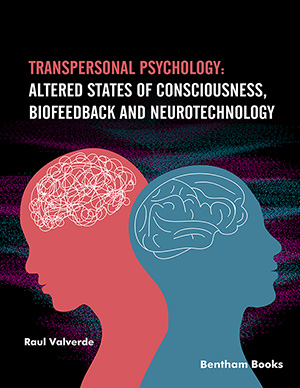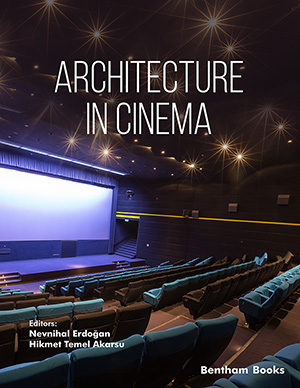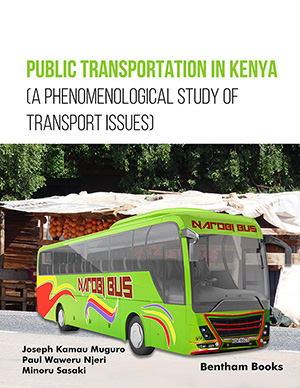Abstract
In The Hitchhiker’s Guide to the Galaxy, Douglas Adams takes the reader
into space to give a clear view of the consequences of urbanization with a humorous
take on the intricate webs of bureaucracy. The parallelism between the protagonist
Arthur Dent’s loss of his living space due to a council decision to demolish his house
for a new bypass and the simultaneous destruction of the whole planet by aliens for a
hyperspace expressway draws the reader’s attention to the concepts of building and
dwelling. The absurdity of the chaos that ensues despite all planning acts as a reminder
of the absurdity of humanity’s choice of priorities in urban living spaces. Adams
underlines the paradoxical relationship between the primitive nature of man and his
yearning for progress, between nature and modern civilization, and between the desire
to build and expand on the one hand and to destroy on the other. Arthur’s journey
through space thereby turns the readers into a journey through the recent history of the
modern human, guiding them towards reconsidering their priorities in a way that
preserves Earth as our home while maintaining progress. In light of these ideas, this
article explores Adams’ science-fiction novel as a portrayal of the dire consequences of
the use of space in modern urban planning, disregarding the contingent nature of
human life on Earth, underscoring the need to grasp the significance of dwelling in a
Heideggerian sense of the kind of progress that would encompass all living things.
Keywords: Architecture, Building, City planning, Construction, Douglas adams, Demolition, Dwelling, Destruction, Expressway, Hitchhiker’s, Heidegger, Highway, Modernization, Nature, Residence, Science-fiction, Urbanization.








